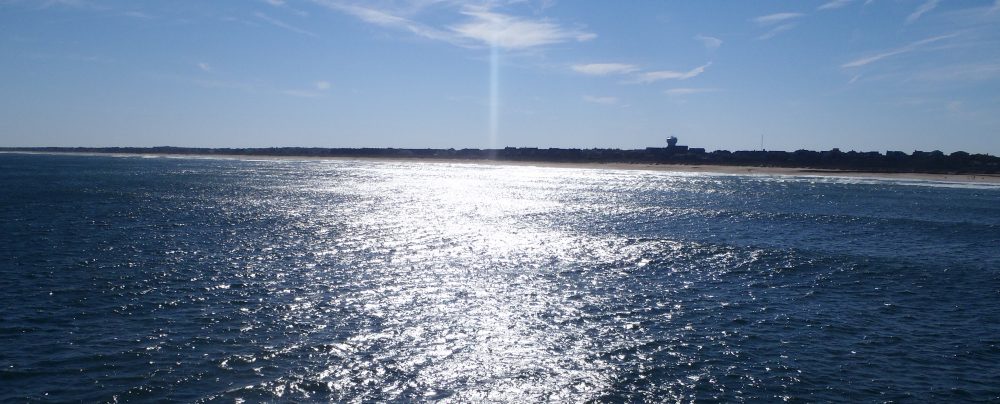The project focuses on the development and usage of a novel measurement technique to resolve critical issues in the formation of sub-micron sea-salt particles from the ocean bubble bursting process.
Marine aerosols play an important role in controlling the Earth’s radiation balance, cloud formation and microphysical properties, and the chemistry of the marine atmosphere. An accurate knowledge of size and composition dependent production flux of primary sea spray aerosol is also important for correct assessment of the role of man-made aerosols in climate change, since observations only constrain the net forcing of aerosols (anthropogenic + natural) and the global model-predicted radiative effects are shown to be very sensitive to prescribed/diagnosed number-size distribution of background aerosols.
One particular knowledge gap preventing improved assessments of marine aerosol emissions lays in the yet uncharacterized contribution of sea-salt to the cloud condensation nuclei (CCN) budget over the marine boundary layer (MBL).
Studies radically differ in their description of the chemical composition of sea spray in 50 to 200 nm range. In this particle size range, most critical to the climate models, studies differ in their description of the chemical composition of sea spray particles as the purely organic, purely sea-salt or mixture of both.
The absence of precise information regarding the size dependent production flux of sea-salt particles prevents modelers from explaining discrepancies between model-predicted and measured CCN number concentration in the MBL.
Here we argue that if one succeeds in measuring the size and composition dependent production flux of primary sea spray particles as a function of meteorological, hydrological and ocean chemical/biological properties that can significantly improve aerosol source functions available for regional and global climate models.
Proposed Research
We propose to deploy a relaxed eddy accumulation (REA) flux system specifically designed to measure turbulent fluxes of size-resolved dry sea-salt cores (REA-S flux system). The main principle of the REA-S flux system is based on the humidified tandem differential mobility analyzer (HTDMA) technique, which segregates particles according to their hygroscopic growth factors. Having a unique growth factor will allow pure sea-salt particles to be segregated from all other aerosols.
Knowledge of sub-micron sea-salt number emissions is crucial to isolate the importance of ocean primary particle formation from continental/anthropogenic aerosols entrained from the free troposphere, nucleation from the gas phase oxidation of dimethylsulfide (DMS) or marine secondary organic aerosol (SOA) production from ocean emitted biogenic volatile organic compounds (BVOCs).
The REA-S flux system will be deployed at the 560 m long research pier near the town of Duck, NC. Previous studies showed that during onshore winds the sea spray flux measurements at the site are representative of open ocean conditions. The experiment matrix will be designed to cover a range of conditions and processes including different wind speeds, aerosol sizes selected for the flux measurements, seawater chemical and biological composition.
The intellectual merit of this proposal lies in the novel technique for measuring turbulent fluxes of size-resolved sea-salt particles and the characterization of the sea spray CCN. The broader impacts of this proposal lie in providing research opportunities for undergraduate students, in promoting graduate education and training, and in the application of the results toward constraining the CCN fluxes of natural aerosols against which anthropogenic aerosol effects must be evaluated.
